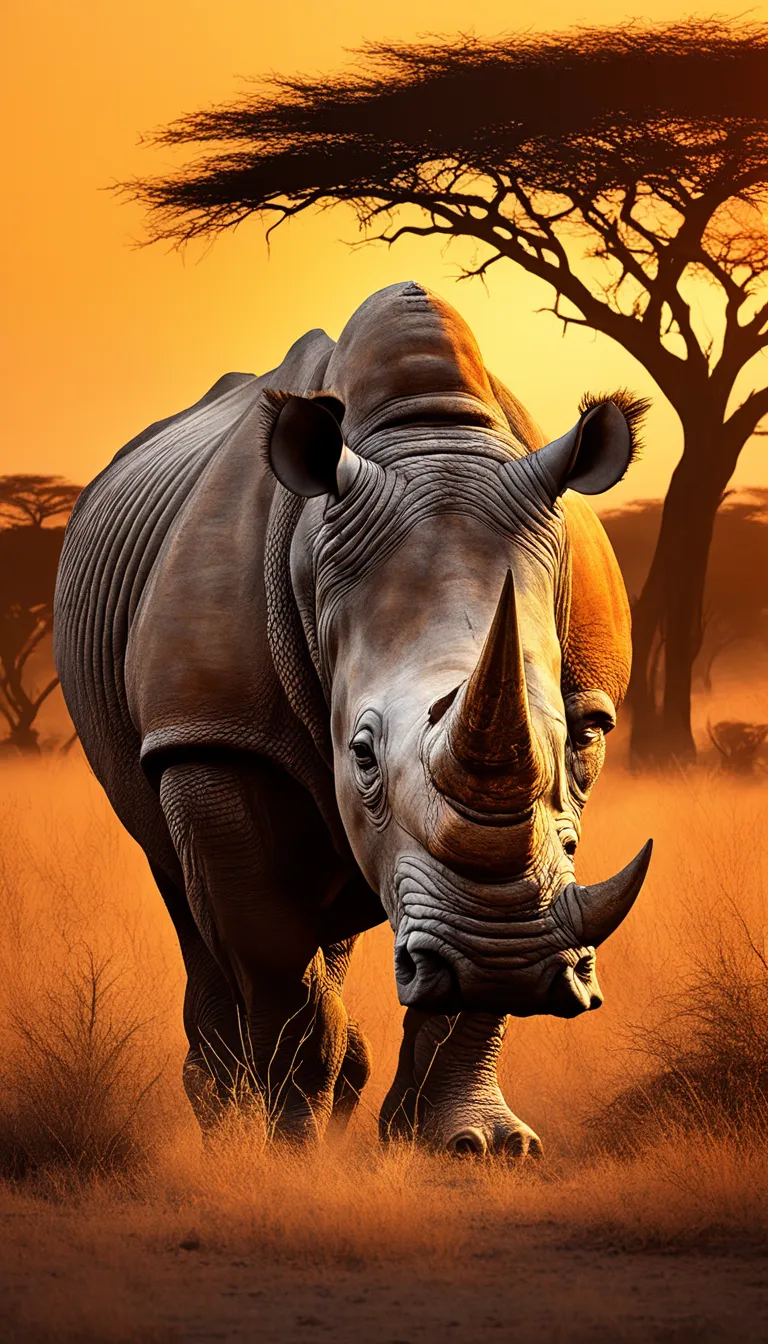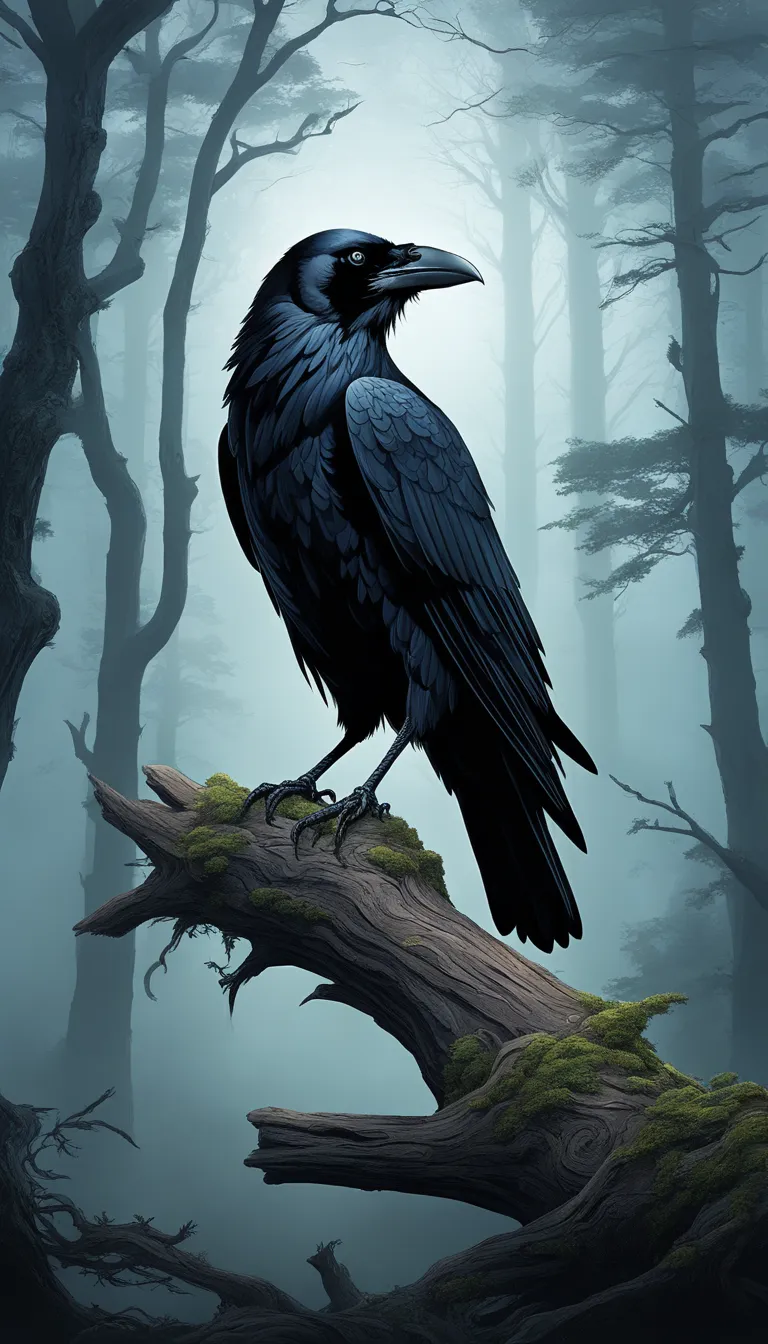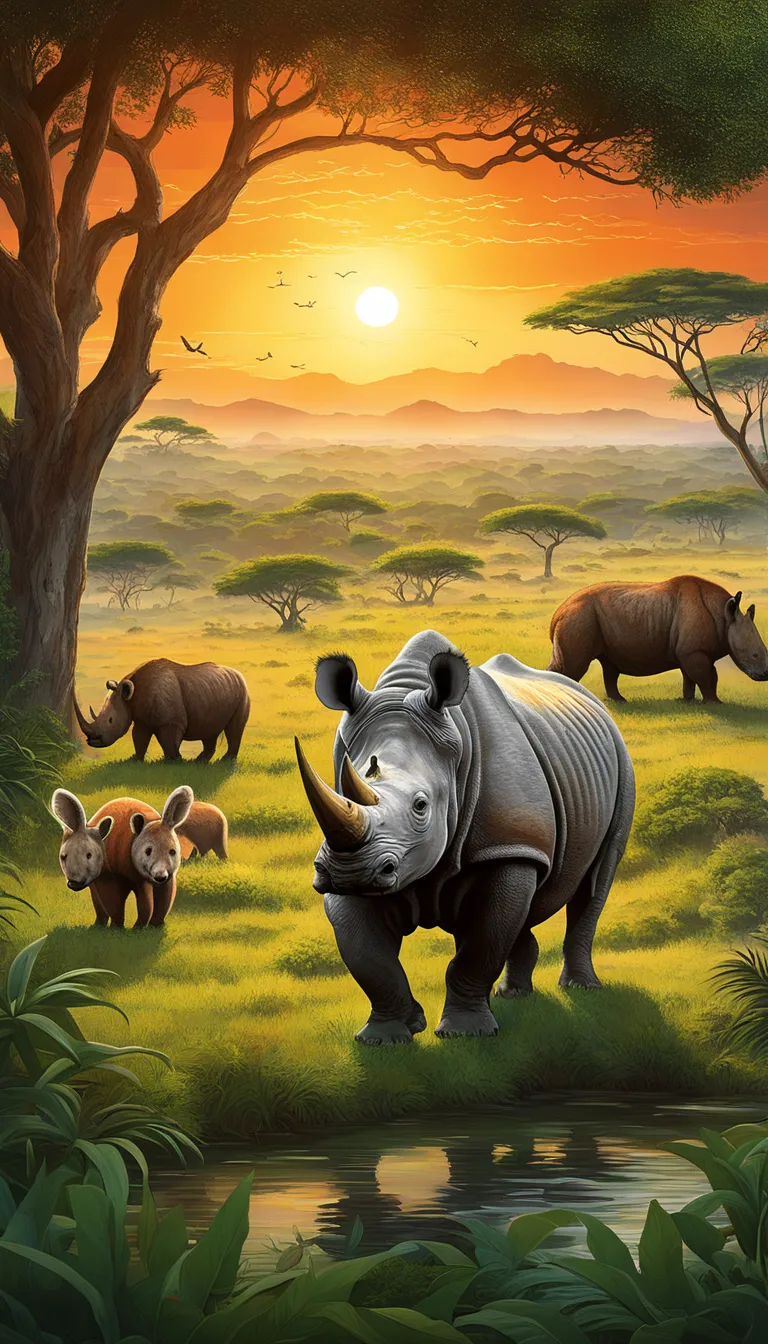When you think about the vast array of animals that populate our planet, it’s fascinating to consider how many of them share a common initial. Let’s dive into the world of animals whose names start with the letter “R”. From the rainforest to the reefs, and from the rural landscapes to the rocky mountains, these creatures are as varied as the habitats they dwell in. Here’s a brief list to pique your curiosity:
- Rabbit
- Raccoon
- Ratel
- Raven
- Ray
- Red Panda
- Reindeer
- Rhinoceros
- Robin
- Rooster
Each of these animals brings its own unique set of characteristics, behaviors, and adaptations to the table. The rhythmic flapping of a Ray’s fins, the robust horn of a Rhinoceros, or the rapid dash of a Rabbit – all are testaments to nature’s diversity and ingenuity. So next time you’re out in nature or even browsing through a wildlife documentary, keep an eye out for these remarkable “R” animals!
Raccoons: Clever Nighttime Foragers
Discover fascinating creatures from the animal kingdom that begin with the letter ‘R’, featuring unique traits and habitats.
Raccoons are the masked bandits of the animal world, often seen as the epitome of cleverness and adaptability. These nocturnal mammals are native to North America and have a reputation for being intelligent, dexterous, and incredibly resourceful. With their distinctive facial masks and ringed tails, raccoons are easily recognizable and have become a symbol of the night’s mischievous life.
But what makes raccoons such fascinating creatures? Let’s dive into their world:
- Their hands – Raccoons have highly sensitive and agile fingers that allow them to open jars, doors, and even complex latches. They are known to be quick learners, able to solve problems and remember solutions for future use.
- Nighttime foraging – They are primarily nocturnal, meaning they search for food at night. Their diet is omnivorous, ranging from fruits and nuts to small animals and, famously, any accessible human food waste.
- Urban adaptability – While they prefer wooded areas with water sources, raccoons have adapted remarkably well to urban environments. Their ability to thrive in cities is a testament to their versatility and survival skills.
Raccoons are not just survivors; they are thrivers in a world that is constantly changing. Their explosive population growth in urban areas is a clear indicator of their ability to adapt and overcome challenges. However, this success comes with its own set of challenges, as they often clash with humans, leading to a complex relationship that is both fascinating and fraught with surprises.

Rhinos: The Majestic Giants
Rhinos, or rhinoceroses, are synonymous with raw power and prehistoric beauty. These majestic giants roam the grasslands and forests of Africa and Asia, carrying their trademark horns that have, unfortunately, become the reason for their endangerment. With their thick, protective skin and large, muscular bodies, rhinos are often seen as the tanks of the animal world. But did you know that despite their hefty appearance, some rhinos can run at speeds of up to 30 miles per hour?
There are five species of rhinos, each with unique features and habitats. Let’s take a quick glance at them:
- Black Rhino – Native to eastern and southern Africa
- White Rhino – Found predominantly in South Africa
- Indian Rhino – Resides in the Indian subcontinent
- Javan Rhino – The most threatened, living in parts of Indonesia
- Sumatran Rhino – The smallest rhino species, found in Indonesia and Malaysia
Each species of rhino has adapted to its environment in remarkable ways. For instance, the White Rhino has a wide mouth suitable for grazing, while the Black Rhino has a pointed lip for browsing foliage. These adaptations are vital for their survival, but they still face significant threats from poaching and habitat loss. Conservation efforts are in full swing to protect these ancient animals, with the hope that future generations will still be able to witness their grandeur in the wild.
Did you ever wonder what it’s like to witness a rhino in its natural habitat? Imagine the ground trembling under the weight of these enormous creatures as they move through the savannah, a sight that is both awe-inspiring and humbling. Rhinos are not just animals; they are a testament to nature’s wonder, resilience, and sadly, its fragility in the face of human greed.
Reindeer: Nomads of the Tundra
Reindeer, known in North America as caribou, are the resilient wanderers of the Arctic and Subarctic regions. These hardy creatures have adapted to life in the harsh tundra, where temperatures can plummet and food is scarce. Their annual migrations are a spectacular sight, with herds of thousands moving together in search of better grazing grounds.
One of the most remarkable features of reindeer is their hooves. In the summer, their footpads soften to provide better traction on the soggy, thawed tundra. Come winter, these pads harden and shrink, exposing the hoof rim, which cuts into ice and snow, preventing slips. This incredible adaptation showcases the reindeer’s ability to survive in extreme conditions.
Reindeer also play a crucial role in the livelihoods of indigenous peoples. For centuries, groups such as the Sami in Scandinavia and the Nenets in Russia have depended on these animals for transportation, clothing, and food. The bond between humans and reindeer is not just practical but also holds cultural significance, with reindeer featuring prominently in folklore and traditions.
- Antlers: Both male and female reindeer grow antlers, which is unusual among deer species.
- Nose: Their specialized noses warm the cold air before it enters their lungs.
- Fur: Thick, woolly coats provide insulation against the biting cold.
In the face of climate change and habitat loss, the future of these majestic creatures hangs in the balance. Conservation efforts are crucial to ensure that reindeer can continue their ancient patterns of migration and remain a symbol of the wild tundra.

Ravens: The Mysterious Birds of Lore
Ravens are the enigmatic figures of the skies, shrouded in mystery and steeped in folklore. With their glossy black plumage and piercing eyes, these birds have captivated human imagination for centuries. Known for their remarkable intelligence, ravens are often seen as symbols of thought and memory, sometimes even trickery.
What truly sets ravens apart is their problem-solving abilities, which rival those of primates. They can make tools, play games, and even mimic human speech. In the wild, their diet is incredibly versatile, ranging from fruit to small animals, and they’re not above stealing a meal from other creatures or scavenging leftovers.
But why do ravens hold such a prominent place in mythology? Perhaps it’s their association with the supernatural. In many cultures, ravens are thought to be messengers or omens, bearing secrets from the otherworld. Their presence in stories and myths only adds to the aura of mystery that surrounds these intelligent birds.
Let’s not forget their social nature. Ravens form complex relationships and often display behaviors that suggest a high level of emotional intelligence. They have been observed calling others to a feast or playing games in the air, showcasing their playful and social side.
- Intelligence: Tool use, problem-solving, and mimicry
- Diet: Omnivorous, from fruit to carrion
- Mythology: Featured in numerous cultural tales
- Social Behavior: Complex relationships and emotional intelligence
In conclusion, ravens are not just any bird; they are a testament to the complexity and wonder of nature. Their combination of intelligence, adaptability, and mystery ensures that they will continue to intrigue and inspire us for generations to come.





